On July 21, 1925, the verdict of The State of Tennessee v. John Thomas Scopes, better known as the Scopes Monkey Trial, was handed down, which made it unlawful to teach evolution in state-funded schools. Today, nearly ninety years later, the intersection of education and religion still produces many areas of friction. This week, blog contributors considered aspects of both conflict and harmony in church-state relations in the area of education, from prayer in schools to religious and scientific inquiry into the origins of humanity to autonomy in hiring policies for religious institutions.
By: Matthew J. Franck
In the United States, the first colleges and schools were all built on religious foundations. There were no public universities in America before the University of North Carolina was chartered in 1789—the same year Georgetown, the nation’s oldest Catholic university, was created, and the same year the First Amendment was written. Modern K-12 public schooling traces its origins to the “common school movement” of the 1830s. But the common school at first imparted the religious views of an unofficial Protestant “establishment,” prompting immigrant Catholics, led by Bishop (now St.) John Neumann of Philadelphia, to found parochial schools for their children.
The coexistence of public and religious schools at every level has been mostly cooperative. Diplomas and degrees have been interchangeable, and curricula have largely been parallel apart from the overtly catechetical instruction of religious institutions. But the coexistence has had its uneasy moments: by far the greatest number of notable First Amendment religion cases have arisen in the educational context. Whether the issue is prayer or Bible reading or the way biology is taught in public schools, or public aid to the secular educational aims of religious schools, or the right of parents not to send their children to school, or the right of students to follow the dictates of their conscience, or to organize as a group in accordance with their faith—schools and universities both public and religious seem to be the flashpoints in the law of religious freedom.
The latest conflicts involve the impulse of public authorities—and their proxies and intermediaries such as accrediting associations—to control what is taught in religious schools, or to deny such schools a proper control over their own religious integrity. The conflict arises, as do so many legal controversies today, from the agenda of LGBT activists. Gordon College, an evangelical Christian college in Massachusetts, is under scrutiny by the New England Association of College and Schools (which can determine whether the college is accredited to offer degree programs in which students are eligible for federal financial aid) because Gordon’s president signed a letter urging President Obama to accommodate religious objections to an executive order banning “discrimination” on grounds of sexual orientation by all private contractors doing business with the federal government. Meanwhile, LGBT activists are incensed that the federal Department of Education has given two Christian colleges in Oregon and California exemptions from its normal course of Title IX enforcement on behalf of “transgender” students. (In both cases the administration is moving to protect classes of persons against whom discrimination is not explicitly forbidden by any act of Congress, which really should be a matter of some concern for advocates of responsible government).
In another case, a teacher at a Catholic high school in Georgia, whose same-sex attraction was known by his employers from the first, has been let go because he traveled with his partner to Minnesota to enter into a same-sex marriage. He alleges discrimination on the basis of sexual orientation, which he rather improbably assimilates to forbidden sex discrimination (which is quite another thing). But his case can be met at the threshold by observing that if he was already known to be “gay,” such an allegation is empty. Clearly he was discharged instead for holding himself out as “married” in defiance of Catholic teaching on the meaning of marriage as the union of a man and a woman. This has nothing in itself to do with his sexual orientation. And if the school cannot control the message it sends its students about the sanctity of marriage, it sacrifices its religious freedom on the altar of state authority.
In Cincinnati, the local Catholic archbishop has taken steps to assert the Church’s control of the integrity of its schools by requiring new and returning teachers to sign a new employment contract that commits them not to doing or advocating any of the following acts the Church considers sinful: cohabitation, extramarital sex, surrogacy or in vitro fertilization, or homosexual conduct. Archbishop Dennis Schnurr has even identified teachers as “ministers” of the faith in order to avail the schools of the legal shield provided by a crucial 2012 Supreme Court decision in favor of institutional religious freedom.
Some disgruntled teachers in such Catholic schools are not Catholic, while others are Catholic but dissent from Church teaching. As internal dissenters, they make their own claim of “freedom” that resonates strongly in American ears. But such a claim is misdirected. Sound principles of religious freedom protect the integrity of these vital private associations of civil society, organized around a devotion to divinely revealed truth. Government has no rightful power to attack church autonomy and disrupt institutional integrity by taking sides in internal employment disputes where the continuity, consistency, and faithful transmission of religious doctrines about human flourishing are at stake. In this arena, much is at stake for the future of meaningful religious freedom.
Matthew J. Franck is director of the William E. and Carol G. Simon Center on Religion and the Constitution at the Witherspoon Institute and a visiting lecturer in Politics at Princeton University.
This piece was originally authored on July 21, 2014 for the Religious Freedom Project at Georgetown’s Berkley Center for Religion, Peace, and World Affairs.
THE RFI BLOG
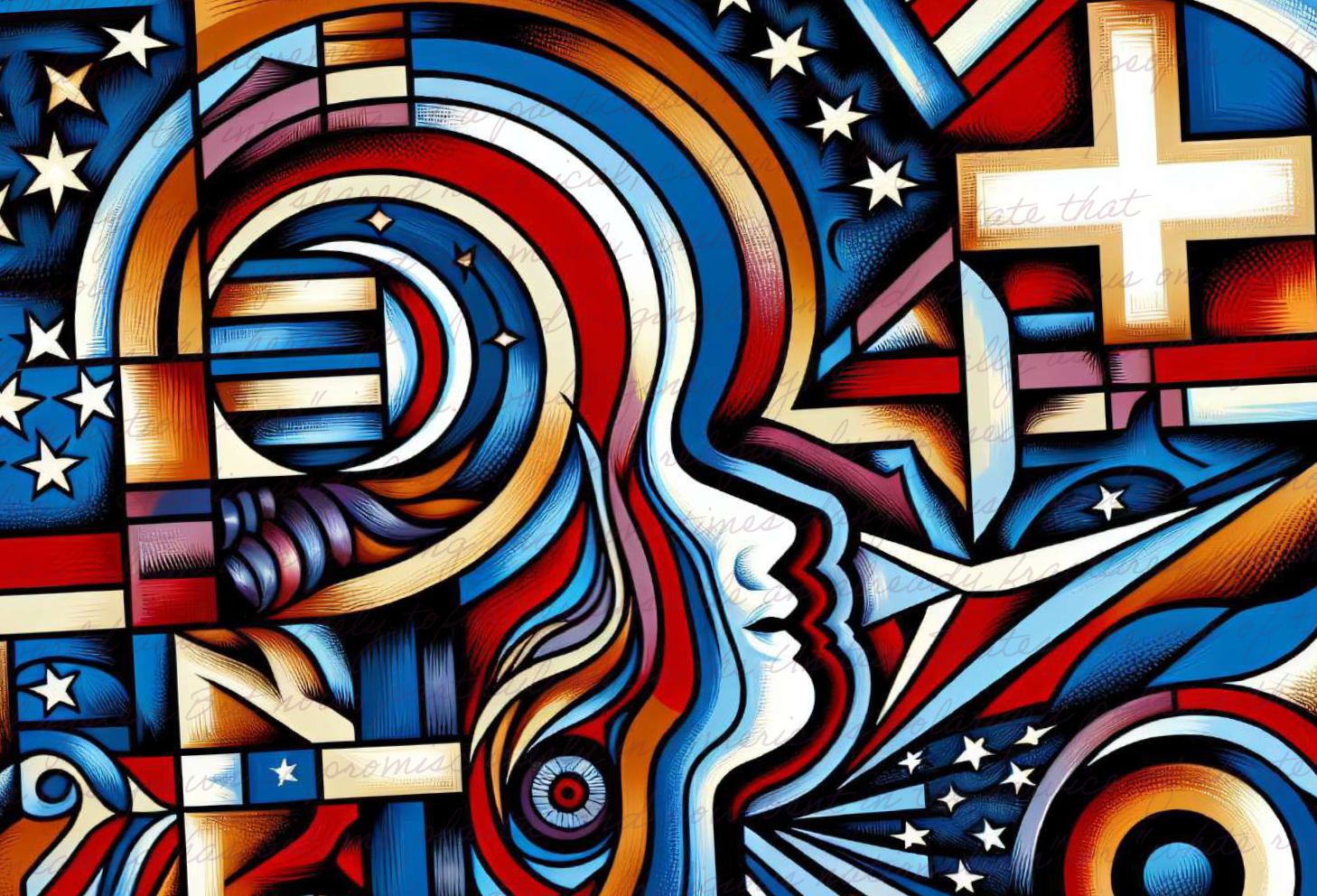
Myths of Religious Nationalism in America and Abroad
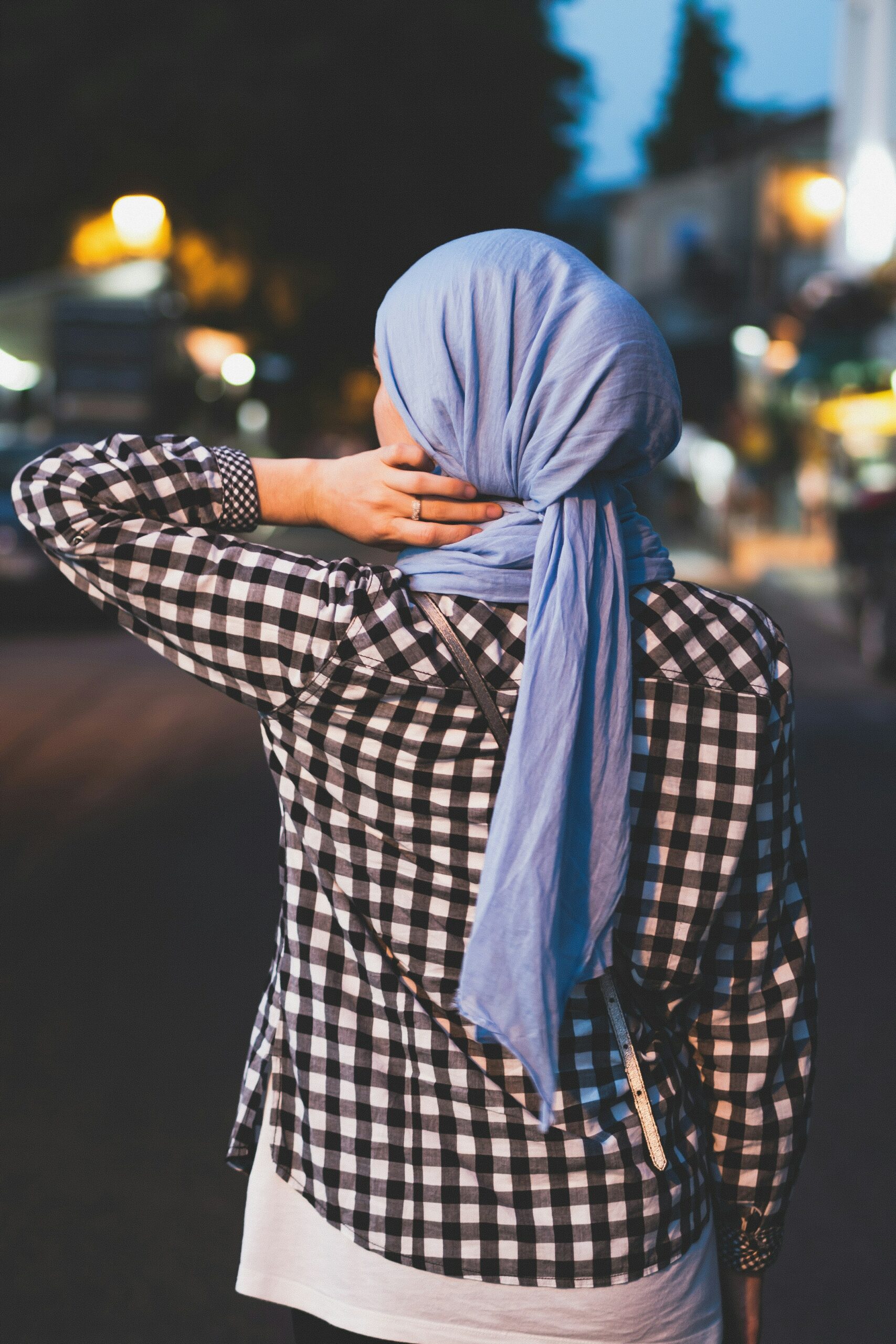
France’s Olympic Hijab Ban Violates International Law And Exacerbates Tensions
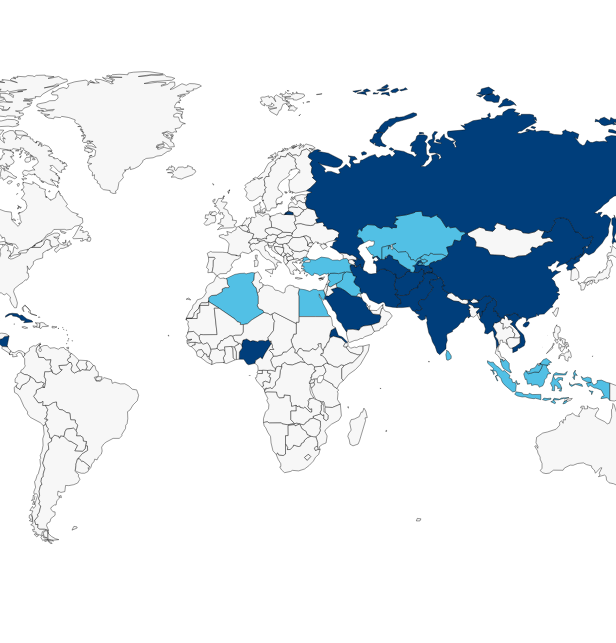
RFI Briefs USCIRF on Lessons from 25 Years of U.S. Designating Religious Freedom Violators
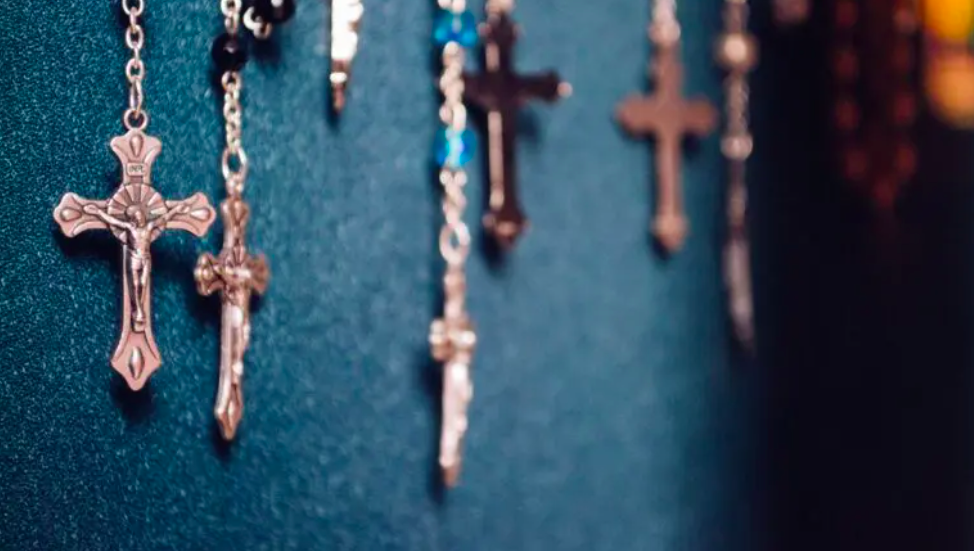
Thought Police: Protecting the People from Prayer
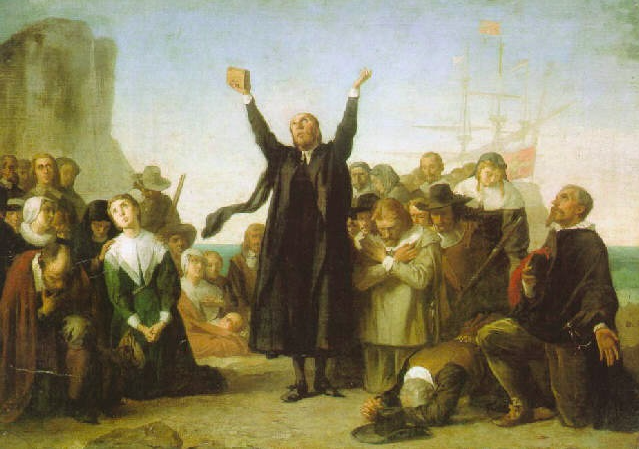
A Religious “Delaware”: Establishing a State Haven for Religious Corporations
CORNERSTONE FORUM

Challenges to Religious Freedom in Iraq and the Critical Need for Action

Public Bioethics & the Failure of Expressive Individualism

Religious Liberty in American Higher Education

Scotland’s Kate Forbes and the March of Secularism


